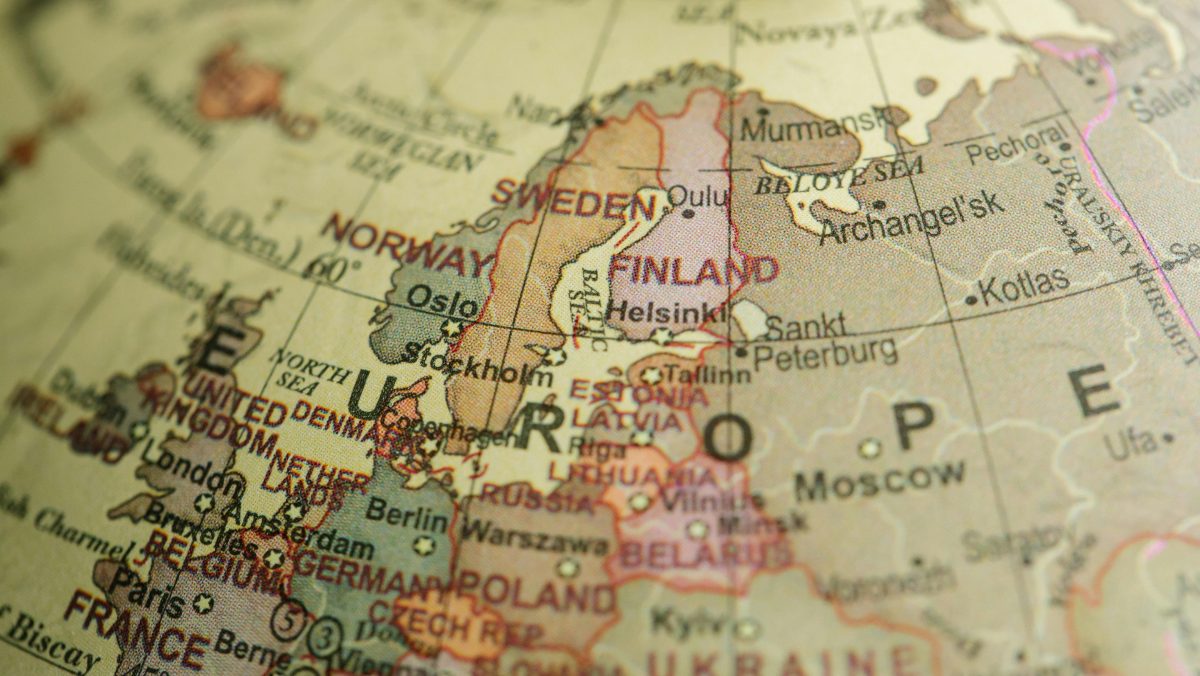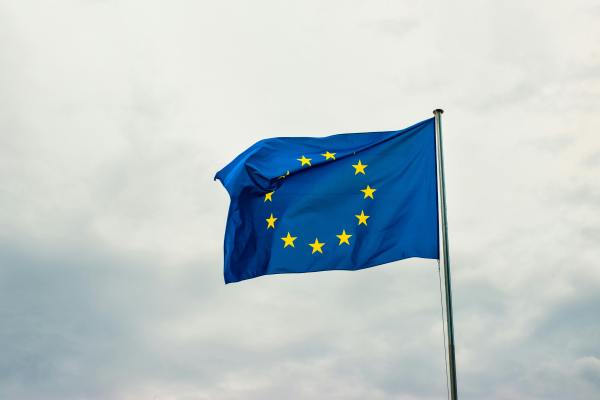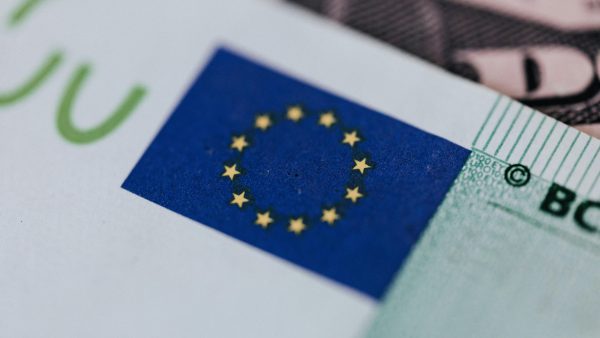Introduction
This need is not only necessary from the point of view of innovation; it is essential for safeguarding democratic values, recognising citizens’ privacy and maintaining Europe’s relevance in the global technological landscape. In recent months, ambitious projects have been launched that set a clear course towards a more independent and robust digital future for the continent.
Europe’s awakening to technological dependence
Europe consumes technology that it does not fully control. Non-European companies, mainly Chinese and American, produce 80% of the digital products used on the continent. When it comes to cloud computing, approximately 70% of the European market is shared between Google, Amazon and Microsoft.
Data such as this creates a disturbing contradiction: the United States uses European data to develop technologies that it then sells back to Europe. China, on the other hand, is showing the world how, in just 15 years, it is possible to generate a highly autonomous technological system from a GDP lower than that of European countries.
This scenario of external dependence causes Europe to present critical vulnerabilities, as recognised by the European Union itself. This is especially true in digital infrastructures that support services such as energy networks, financial services and hospitals, which are considered essential services. Today, ensuring technological independence is not only a matter of innovation, but also of security and democratic stability.
STEP: the European strategic response
The European Union has launched the Strategic Technologies Platform for Europe (STEP), considered its most decisive commitment to generating technological autonomy. With a budget of over €50 billion, STEP works with existing funds — such as Horizon Europe, InvestEU and the European Defence Fund — and redirects them towards key areas.
The plan focuses on four major strategic areas: digital technologies, clean energy, advanced biotechnology and quantum technologies.
Beyond financing projects, the real quest is to redesign the European development model so that the continent controls the tools that will sustain its economy and society in the coming years.
Artificial intelligence: a global race for digital leadership
The ‘AI Continent’ project seeks to make a qualitative leap in this field. To this end, 13 artificial intelligence factories are being created, equipped with state-of-the-art chips and connected to European supercomputers.
Although Europe leads the world in scientific publications on AI, it still lags behind in converting that knowledge into commercial products. Meanwhile, the United States and China account for most of the private investment and market applications.
European regulation in this field, which is pioneering worldwide, attempts to balance innovation with the protection of rights, although the challenge remains of not losing competitiveness to its global rivals without compromising its ethical standards.
Gaia-X and data sovereignty
Gaia-X is an example of the complexity that arises in Europe when it tries to build its own digital infrastructure. It was created to offer a federated and secure data system, but in practice it has had to rely on large non-European providers to be viable.
This reality shows us that digital independence is not achieved by isolating oneself, but by generating hybrid models, combining in-house development with international cooperation. Its model, based on standards and governance rather than exclusive control of infrastructure, can serve as a reference for other projects.
The Regulatory Framework as a tool for sovereignty
The European Union has also chosen to set the course through regulation. Regulations such as the Digital Markets Act (DMA), the Digital Services Act (DSA) and the new AI Act aim to set standards from Brussels that will eventually extend beyond Europe.
Some revisions, such as those to the DMA, are being reviewed to see if they truly respond to the new challenges posed by AI and other expanding digital services. The penalties already imposed for non-compliance make it clear that Brussels will not hesitate to enforce its rules, even against large technology companies with greater global influence.
Finally, the Chips Act complements this strategy with investment in semiconductor factories. Its purpose is to reduce heavy dependence on Asia in a sector that is vital for technological autonomy.
Cybersecurity: the foundation of everything
Digital sovereignty is not possible without robust security based on the resilience of its connected services. Hence Europe’s firm commitment to investing in projects such as Quantum Safe Networks, which seek to protect communications from threats in the quantum era. The focus is not only on current needs, but also on future needs, in a strategic manner.
The European approach combines technical measures with robust regulatory frameworks, creating an ecosystem in which security and innovation reinforce each other.
Looking ahead to 2030
The Digital Decade report shows progress, but also delays in connectivity, digital skills training and innovation capacity. The lack of professionals in critical areas is one of the major obstacles.
Even so, Europe has clear strengths: a group of high-level universities, a single market of 450 million people and extensive experience in international cooperation. The challenge lies in coordinating these resources to create powerful technology companies capable of competing globally.
The creation of these ‘European champions’ goes beyond public investment; a new vision is needed to bring about changes in the regulatory environment to facilitate business consolidation. Where their external strengths maintain a balance with internal competition.
The role of the private sector
European companies, especially in telecommunications and infrastructure, have a key role to play. Their experience in developing and managing critical infrastructure, their knowledge of the market and their commitment to European values are essential for progress. Collaboration between the public and private sectors will be crucial to scaling critical technologies and transforming them into commercial solutions. At the same time, governments must enable regulatory frameworks that allow and enhance innovation and the scale of these companies so that they can compete globally.
Conclusions
European technological autonomy is an ongoing process, not a closed objective. It requires strategic vision, constant investment and cooperation between governments, businesses and citizens. Looking at our daily lives, we see that Europe is ‘awakening’ to the urgency of this destination through important initiatives ranging from artificial intelligence to quantum technologies.
Success lies in striking a balance between the core values of the Union and the development of a level of competitiveness in line with the needs of the multipolar technological world in which we live.
Europe has talent, a large market, solid standards and ambitious projects. The big question is not whether it has the means, but whether there will be enough political and business will to turn this potential into real leadership during this decade.








